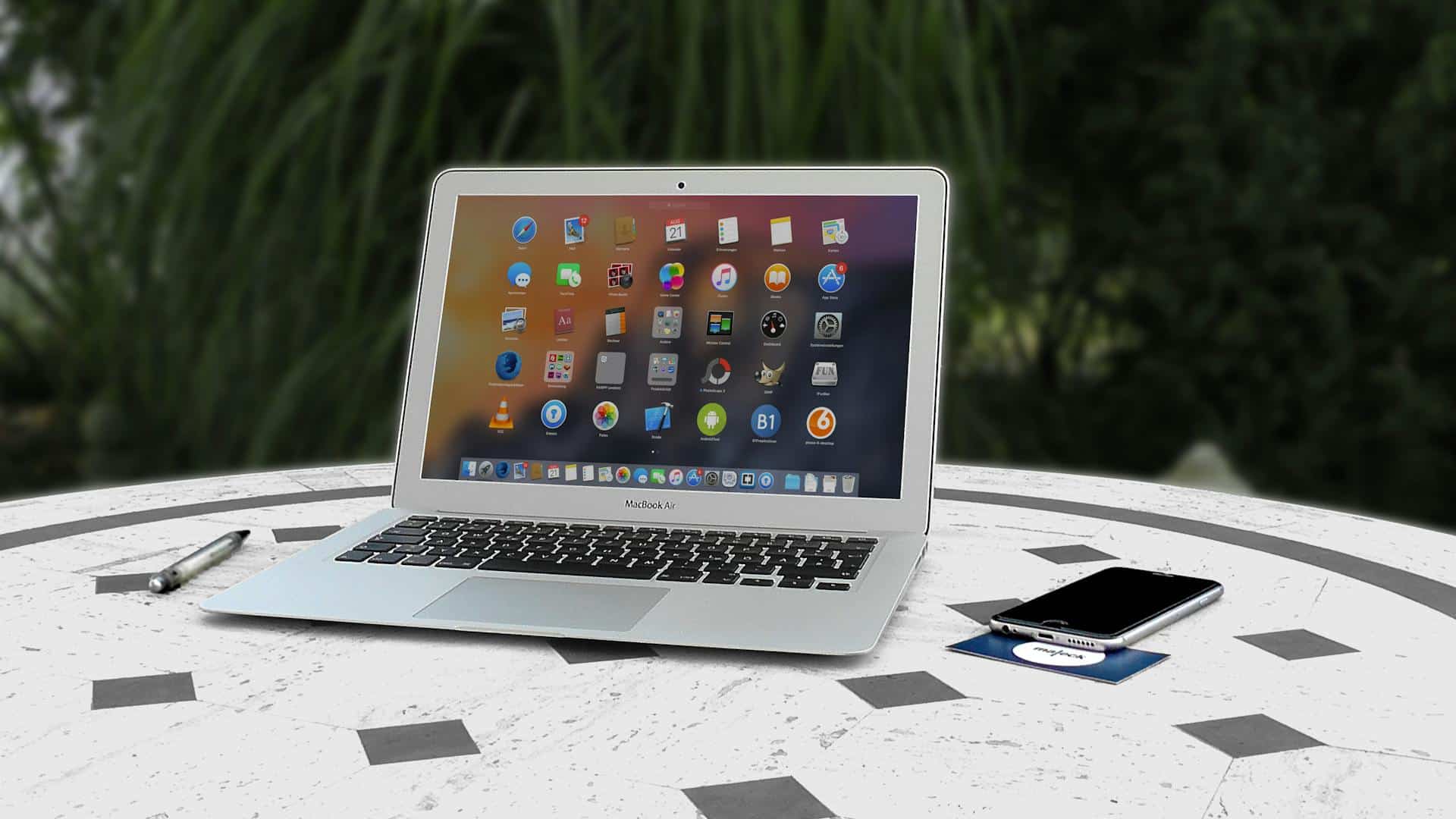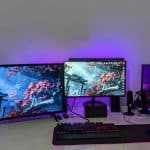In the world of digital content creation, video editing is a demanding task that requires a powerful system. Typically, video editing software relies heavily on the Graphics Processing Unit (GPU) of your device, for tasks such as rendering effects, transitions, and 3D modeling. But what happens when your laptop doesn’t have a high-end graphics card or an external GPU? Does this mean that video editing on your laptop is a no-go? Absolutely not. Here are tips and tricks on how to optimize your laptop for video editing projects without an external GPU.
Enhance Your Laptop’s Performance
The first step in optimizing your laptop for video editing without an external GPU involves boosting its overall performance. This includes upgrading your laptop’s hardware, tweaking software settings, and managing your laptop’s resources effectively. The hardware upgrades to consider are the RAM (Random Access Memory), SSD (Solid State Drive), and the CPU (Central Processing Unit).
A lire en complément : What Are the Best Practices for Managing App Permissions on Android Devices?
Upgrading the RAM
RAM is crucial for video editing. It allows your laptop to handle multiple tasks simultaneously. When you’re editing videos, your system requires a large amount of memory to process high-quality footage and run resource-intensive software. Upgrade your laptop’s RAM to a minimum of 16GB for efficient editing, although 32GB would be optimal.
Install an SSD
Replacing your current storage device with an SSD will significantly boost your laptop’s performance. SSDs are much faster than traditional hard drives, which allows for quicker load times, file transfers, and rendering in your video editing software.
A lire également : What Are the Steps to Set Up a Secure VPN on Your Android Tablet?
Upgrade the CPU
While not all laptops allow for CPU upgrades, if yours does, consider investing in a more powerful one. The better the CPU, the smoother and faster your editing workflow will be.
Choose the Best Video Editing Software for Low-End Laptops
Not all video editing software requires a high-end graphics card. Some best video editing software are designed to run efficiently on low-end laptops.
Adobe Premiere Pro
Adobe Premiere Pro is a professional video editing software that works well on laptops without a dedicated GPU. Its software optimization allows it to leverage the power of your CPU and RAM efficiently, making it a good choice for laptops with integrated graphics.
HitFilm Express
HitFilm Express is another video editing software that provides performance and flexibility on less powerful laptops. It has a customizable workspace that allows you to adjust the software’s performance based on your laptop’s specifications.
Optimize Windows Settings for Video Editing
Another way to enhance your laptop’s performance for video editing is by adjusting the settings of your Windows operating system.
Power Options
Under the Windows Control Panel, select the High Performance power plan. This option maximizes your laptop’s performance by allowing it to use more power, which is beneficial when running resource-intensive tasks like video editing.
Visual Effects
In Windows, you can also adjust the visual effects for better performance. Go to System Properties, select Advanced system settings, then under Performance, click Settings. Choose “Adjust for best performance” to minimize the visual effects, freeing up resources for your video editing software.
Maintain Your Laptop
Maintaining your laptop in good condition is also essential when optimizing it for video editing without an external GPU. This includes keeping it clean and cool, managing your hard drive, and updating your drivers.
Keep Your Laptop Clean and Cool
Dust and overheating can cause your laptop’s performance to decline. Regularly clean your laptop and ensure it has adequate ventilation during use. Consider using a laptop cooling pad to keep the temperature down.
Manage Your Hard Drive
Regularly declutter your hard drive to free up space. Uninstall unnecessary software and delete redundant files. Also, defragment your hard drive regularly to improve its read/write speed.
Update Your Drivers
Keep your laptop’s drivers updated. Updated drivers ensure that your laptop’s hardware and software run smoothly and efficiently.
Use Proxy Files for Video Editing
Lastly, consider using proxy files for video editing. Proxy files are low-resolution versions of your original video files. They are easier to work with because they require less processing power. Once you’re done editing, you can relink the original high-resolution files for final rendering.
Remember, while having a dedicated GPU certainly improves video editing performance, it isn’t the only factor that determines the efficiency of your editing workflow. With these tips and tricks, you can optimize your laptop for video editing projects without an external GPU.
Enjoy Smooth Video Editing with Cloud-Based Solutions
Another effective solution to optimize your laptop for video editing projects without an external GPU is to use cloud-based video editing software. These tools do not rely on your laptop’s hardware for processing and instead use remote servers for rendering and processing, which can be a great advantage for laptops with lower-end specs.
Adobe Creative Cloud
Adobe Creative Cloud is a collection of software used for graphic design, video editing, and web development. This includes Adobe’s best video editing software, Adobe Premiere Pro, which can run smoothly even on laptops with integrated graphics. The major advantage of Adobe Creative Cloud is its ability to run heavy tasks on Adobe’s servers, reducing the load on your computer.
WeVideo
WeVideo is another cloud-based video editing software that requires only an internet connection and a web browser to function. It supports all video formats and provides a user-friendly interface, making it a preferred choice for beginners. Because it runs on the cloud, your laptop’s hardware limitations won’t affect your video editing workflow, provided you have a reliable internet connection.
NVIDIA GeForce Now
NVIDIA GeForce Now is a cloud gaming service that also offers cloud-based video editing. By offloading the heavy lifting to NVIDIA’s servers, GeForce Now enables you to run graphics-intensive programs like video editors on your laptop without a dedicated graphics card. Users can enjoy a smooth video editing experience, irrespective of their laptop’s specs.
So, is it possible to optimize your laptop for video editing without an external GPU? Yes, with a few tweaks and the right tools, you can make it happen. Enhance your laptop’s performance by upgrading the RAM, installing an SSD, and if possible, upgrading the CPU. Opt for video editing software that doesn’t require a high-end graphics card, such as Adobe Premiere Pro or HitFilm Express, and adjust your Windows settings for better performance. Don’t forget to take care of your laptop, keep it clean and cool, manage your hard drive effectively, and always update your drivers. Using proxy files for video editing can also alleviate processing demands.
In addition, you can also turn to cloud-based video editing solutions like Adobe Creative Cloud, WeVideo, or NVIDIA GeForce Now, which allow you to edit videos without overloading your laptop’s hardware.
Remember, the key to successful video editing without an external GPU lies in efficient resource management and choosing software that suits your laptop’s specifications. With these tips, you can certainly make the most out of your laptop’s video editing capabilities, despite not having an external graphics card.











